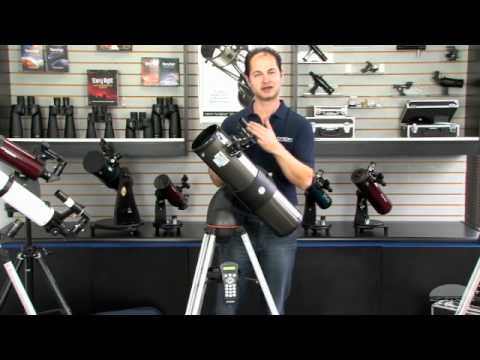Tutorial on Global Navigation Satellite Systems (GNSS): Positioning, Navigation and more!
Today, everyone may already be familiar with the term GPS, the Global Positioning System. GPS receivers are found in your cell phone, smartwatch, navigation devices, cameras, glasses, and many more. You may not; however, have heard the term GNSS (Global Navigation Satellite System(s)). In this video, you will learn about GNSS and how they determine the user’s position. GNSS is used to describe the collection of satellite positioning systems that are now operating or planned. GPS, the American system is the oldest GNSS. It was developed by the United States Department of Defense, for military applications. It was called Navstar. But since the beginning of the nineties, GPS has been used for a wide variety of civil applications. Then, came the Russian system GLONASS, the EU system Galileo, the Chinese system Beidou, the Japanese and the Indian Systems. The Japanese and Indian systems have regional coverage while the others have a global coverage. GNSS have increasingly been used for positioning, navigation, and tracking in many fields such as military, aviation, marine, agriculture, UAVs, and robotics. Also, GNSS offer important contributions in many scientific research domains such as Monitoring motions of tectonic plates, earth’s surface vertical displacement, Estimating deformations caused by seismic or volcanic activity, Monitoring the earth’s ionosphere and neutrosphere, Estimating soil moisture, and many others! What makes GNSS so popular? GNSS function under all weather conditions, day and night, have global coverage, Provide data in near real-time at a high temporal rate and high accuracy. It’s relatively a low-cost service since we need to take care of the user segment only. Each navigation system, GNSS, is comprised of three different segments: the space segment, control segment and user segment. The space segment consists of the satellites that fly in accurate orbits around the earth. GPS, for example, is a constellation of 31 satellites that fly at altitudes of roughly 20000 km above the earth’s surface, and the satellites orbit the earth every about 12 hours. Other GNSS have their satellites in orbits as well, which means that more than 120 GNSS satellites are in orbits today. The satellites know their orbit parameters and time very accurately. Information is transmitted to the receiver to obtain the satellite’s position, time, and status. The control segment comprises a network of monitor, control, and upload stations to ensure healthy satellites. The user segment refers to the equipment that processes the received GNSS signals to derive the location and time information. The primary components of the user segment are antennas and receivers (processing units). These parts may be integrated into one assembly or physically separate. Here, you see the antennas of two stations we use in research. The antennas are mounted on the building’s roof, while the receivers are safely kept in the lab. So now, let’s see how the user’s position is estimated. The GNSS signal travels from the satellite through space, then through the various layers of the atmosphere to the ground. To obtain the accurate user’s position (X, Y, Z) and time, we need to know the length of the direct path from the satellite to the user equipment. It is called the range to the satellite. We will see in the next video that the signal does not travel in a straight path. To obtain the range, we need to know the signal’s travel time or propagation time. Propagation Time = Time Signal Reached Receiver – Time Signal Left Satellite Propagation Time * speed of light = distance to the satellite, the range, or more accurately the pseudorange since the measurement contains errors. To estimate the user’s three coordinates (X, Y, Z), we need measurements from three satellites and their exact positions. The method is called Trilateration. So, how that works? When the user knows the range to satellite A and its position, they know that they are within a sphere with its center at the satellite location and a radius equals the range. When the user knows the distance to one more satellite, satellite B, then they would know that they exist at the intersection of the two spheres. With one more measurement, the user’s location is determined! Please note that the sphere appears as a circle in the illustration. Wait a moment. We said the user equipment should see at least three satellites to determine its position. However, it turns out that receiver clocks are not nearly as accurate as the clocks onboard the satellites, so the receiver’s time also is considered unknown. This means, there must be at least 4 satellites in view to solve the system of equations and provide the user’s coordinates and time. There is one final remark that should be mentioned in this context. The measurements received from satellite contain different sources of errors that, if left uncorrected, cause the position calculation to be inaccurate. To obtain the exact position or at least a highly accurate position, it is required to reduce the error sources. For the GPS chips in your cell phone, the positioning accuracy is several meters; however, in research, we achieve an accuracy of multiple millimeters. The measurement errors include: Satellite Clock inaccuracies, Orbit Errors, Ionospheric Delay, Tropospheric Delay, Multipath, and Receiver Noise. The good news here is: the tropospheric delays can, for example, be exploited to monitor tropospheric parameters such as water vapor. If you are interested in the details, check out the next video.













